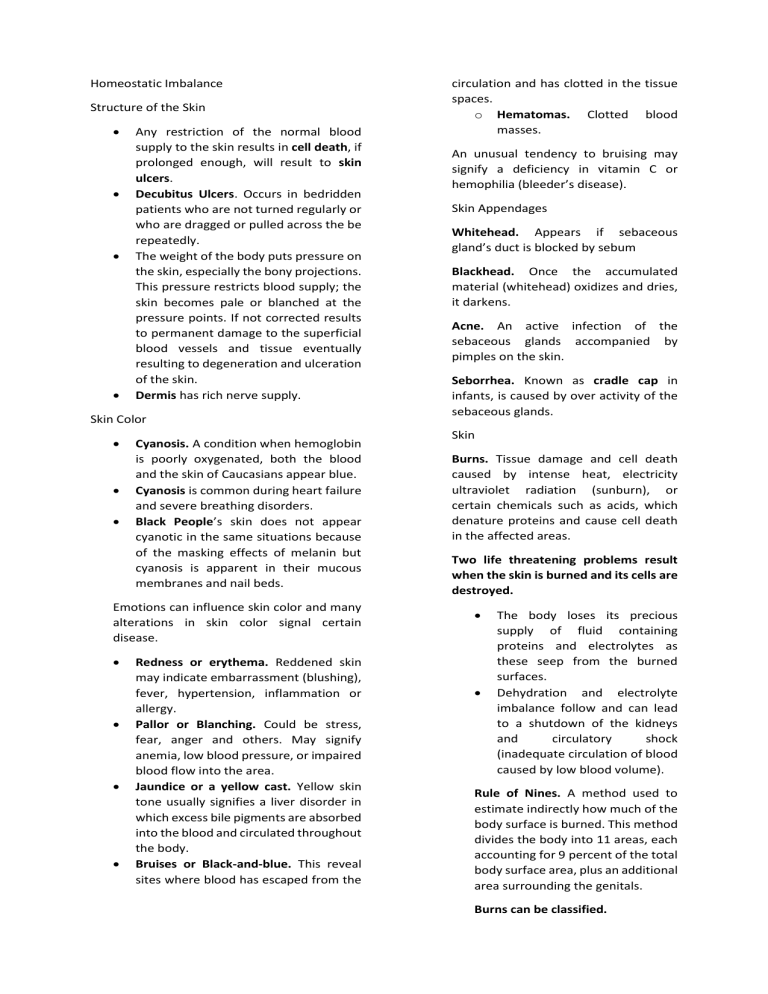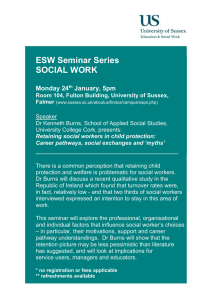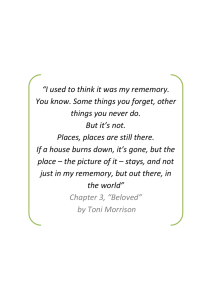
Homeostatic Imbalance Structure of the Skin Any restriction of the normal blood supply to the skin results in cell death, if prolonged enough, will result to skin ulcers. Decubitus Ulcers. Occurs in bedridden patients who are not turned regularly or who are dragged or pulled across the be repeatedly. The weight of the body puts pressure on the skin, especially the bony projections. This pressure restricts blood supply; the skin becomes pale or blanched at the pressure points. If not corrected results to permanent damage to the superficial blood vessels and tissue eventually resulting to degeneration and ulceration of the skin. Dermis has rich nerve supply. Skin Color Cyanosis. A condition when hemoglobin is poorly oxygenated, both the blood and the skin of Caucasians appear blue. Cyanosis is common during heart failure and severe breathing disorders. Black People’s skin does not appear cyanotic in the same situations because of the masking effects of melanin but cyanosis is apparent in their mucous membranes and nail beds. Emotions can influence skin color and many alterations in skin color signal certain disease. Redness or erythema. Reddened skin may indicate embarrassment (blushing), fever, hypertension, inflammation or allergy. Pallor or Blanching. Could be stress, fear, anger and others. May signify anemia, low blood pressure, or impaired blood flow into the area. Jaundice or a yellow cast. Yellow skin tone usually signifies a liver disorder in which excess bile pigments are absorbed into the blood and circulated throughout the body. Bruises or Black-and-blue. This reveal sites where blood has escaped from the circulation and has clotted in the tissue spaces. o Hematomas. Clotted blood masses. An unusual tendency to bruising may signify a deficiency in vitamin C or hemophilia (bleeder’s disease). Skin Appendages Whitehead. Appears if sebaceous gland’s duct is blocked by sebum Blackhead. Once the accumulated material (whitehead) oxidizes and dries, it darkens. Acne. An active infection of the sebaceous glands accompanied by pimples on the skin. Seborrhea. Known as cradle cap in infants, is caused by over activity of the sebaceous glands. Skin Burns. Tissue damage and cell death caused by intense heat, electricity ultraviolet radiation (sunburn), or certain chemicals such as acids, which denature proteins and cause cell death in the affected areas. Two life threatening problems result when the skin is burned and its cells are destroyed. The body loses its precious supply of fluid containing proteins and electrolytes as these seep from the burned surfaces. Dehydration and electrolyte imbalance follow and can lead to a shutdown of the kidneys and circulatory shock (inadequate circulation of blood caused by low blood volume). Rule of Nines. A method used to estimate indirectly how much of the body surface is burned. This method divides the body into 11 areas, each accounting for 9 percent of the total body surface area, plus an additional area surrounding the genitals. Burns can be classified. 1. First-degree burns. Only the epidermis is damaged. 2. Second-degree burns. Involve injury to the epidermis and the upper region of the dermis. 3. Third-degree burns. Destroy the entire thickness of the skin also called as fullthickness burns. Burns are critical if any of the following conditions exist: 1. Over 25% of the body has second-degree burns, 2. Over 10% of the boy has third-degree burn, or 3. There are third-degree burns of the face, hands, or feet. Infections or allergies Athlete’s foot. An itchy, red, peeling condition of the skin between the toes, resulting from fungus infection. Also called tinea pedis. Boils and carbuncles. Inflammation of hair follicles and sebaceous glands, common on the dorsal neck. Carbuncles are composite boils typically caused by bacterial infection (often Staphylococcus aureus). Cold sores. Also called as fever blisters– a common viral infection. These are tiny fluid-filled blister that itch and sting, caused by a herpes simplex infection. Usually occur around the lips and in the oral mucosa of the mouth. Contact Dermatitis. It is a red, itchy rash caused by direct contact with a substance or an allergic reaction to it. Impetigo. Pink water-filled, raised lesions that develop a yellow crust and eventually rupture. Caused by a highly contagious staphylococcus infection. Psoriasis. A chronic condition characterized by overproduction of skin cells that results in reddened epidermal lesions covered with dry, silvery scales that itch, burn crack, and sometimes bleed. Skin Cancer The single most common type of cancer in humans. Most important risk factor is overexposure to ultraviolet radiation in sunlight. Basal Cell Carcinoma. The least malignant and most common skin cancer. Cells of the stratum basale, altered so that they cannot form keratin. No longer honor the boundary the boundary between epidermis and dermis. The cancer lesions occur most often on sun-exposed areas of the face and appear as shiny, dome-shaped nodules that later develop a central ulcer with a “pearly” beaded edge. Squamous cell carcinoma. It arises from the cells of the stratum spinosum. The lesion appears as a scaly, reddened papule that gradually forms a shallow ulcer with a firm, raised border. Malignant Melanoma. A cancer of melanocytes. It accounts for only about 5% of skin cancers, it often deadly. A melanoma can begin wherever there is pigment; most such cancers appear spontaneously, but some develop from pigment moles. ABCD rule for recognizing melanoma: 1. Asymmetry. 2. Border irregularity. Borders of the lesions are not smooth but exhibit indentation. 3. Color. Different colors 4. Diameter. Spot is larger than 6 millimeters (size of pencil eraser). Developmental Aspects of skin and Body Membranes Hair loss and hair turning to gray. Some people claimed that they (hair) turned gray nearly overnight because of some emotional crisis in their life. When the cause of the condition is not genetic, hair loss is usually not permanent.



